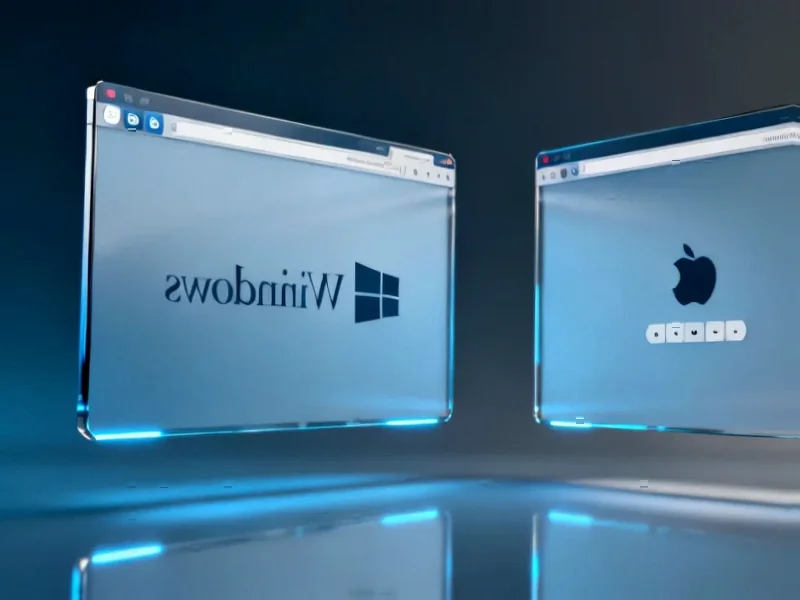According to EU-Startups, Paris-based Tsuga just emerged from stealth with €8.7 million in Seed funding to tackle the observability crisis where enterprise data volumes grow 30% annually while IT budgets only increase 10%. The round was led by General Catalyst with participation from Singular and angels including Replit’s Amjad Masad and Mistral AI’s Charles Gorintin. Founded in 2024 by Gabriel-James Safar and Sébastien Deprez, who previously sold Madumbo to Datadog, Tsuga offers a BYOC (Bring Your Own Cloud) observability platform that promises to eliminate blind spots without runaway costs. The funding will accelerate product development and expand engineering teams as the company positions itself against established players in the increasingly crowded European observability space.
<h2 id="observability-crisis”>The observability crisis is real
Here’s the thing about modern software systems – they’re generating insane amounts of data. We’re talking logs, metrics, and traces expanding at 30% every single year. Meanwhile, IT budgets are crawling along at less than 10% growth. That math doesn’t work. And with AI-driven development creating even more ephemeral services and autonomous code, the problem is accelerating faster than anyone anticipated.
Basically, enterprises are flying blind. They’re dealing with tool sprawl, missing data, and costs that spiral out of control. The promise of that “single pane of glass” observability dream? It’s largely broken. Teams are stuck choosing between control (with operational pain) or convenience (with budget anxiety).
The Datadog alumni strike back
What makes Tsuga interesting isn’t just their technology – it’s their pedigree. The founding team literally built and sold a company to Datadog, then led key initiatives there. They’ve seen firsthand what works and what doesn’t at massive scale. When people who helped build the dominant player decide to start fresh, you pay attention.
Their team includes former Datadog product leadership and early European sales hires. They’re not coming at this as outsiders – they’re insiders who know exactly where the pain points are in today’s observability stack. And they’re betting that their BYOC architecture and open-source-first approach can solve problems that even the market leaders haven’t cracked.
Part of a bigger European wave
Tsuga isn’t alone in spotting this opportunity. Across Europe, we’re seeing a surge in observability and data infrastructure funding. Sweden’s Rerun just raised €15.6 million for physical AI monitoring, Ireland’s Bronto secured €12 million for log-data management, and Switzerland’s Qala AG picked up €1.7 million for data governance.
So why now? The AI explosion is pushing existing monitoring tools to their breaking point. Traditional observability platforms weren’t built for this scale or complexity. Investors are betting that a new generation of infrastructure companies can rethink the fundamentals rather than just adding AI features to old architectures.
BYOC actually makes sense here
The Bring Your Own Cloud approach is particularly smart for observability. Think about it – you’re already generating massive amounts of sensitive operational data. Do you really want to ship all that to a third-party SaaS provider? With compliance risks and egress costs adding up, keeping control of your data while still getting modern observability benefits could be the best of both worlds.
Tsuga claims they deliver “the simplicity of SaaS without runaway costs, the control of on-prem without the operational pain.” That’s the holy grail everyone’s been chasing. Whether they can actually deliver on that promise remains to be seen, but their architecture choices suggest they’re thinking about the problem differently than the incumbents.
The observability space is getting crowded, but there’s clearly room for innovation. When the people who helped build the current leaders decide it’s time for something new, that’s usually a sign that real change is coming.




